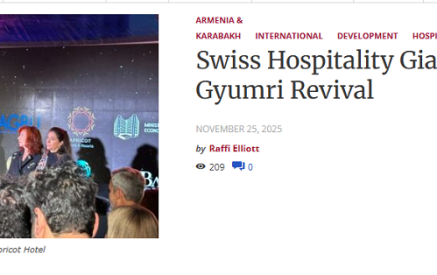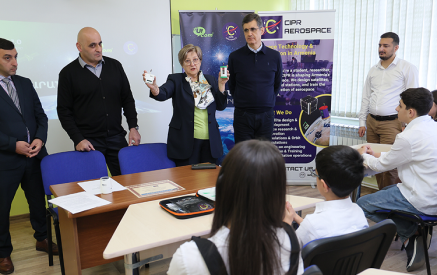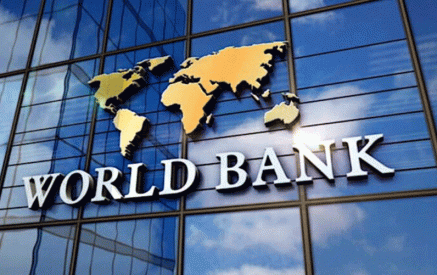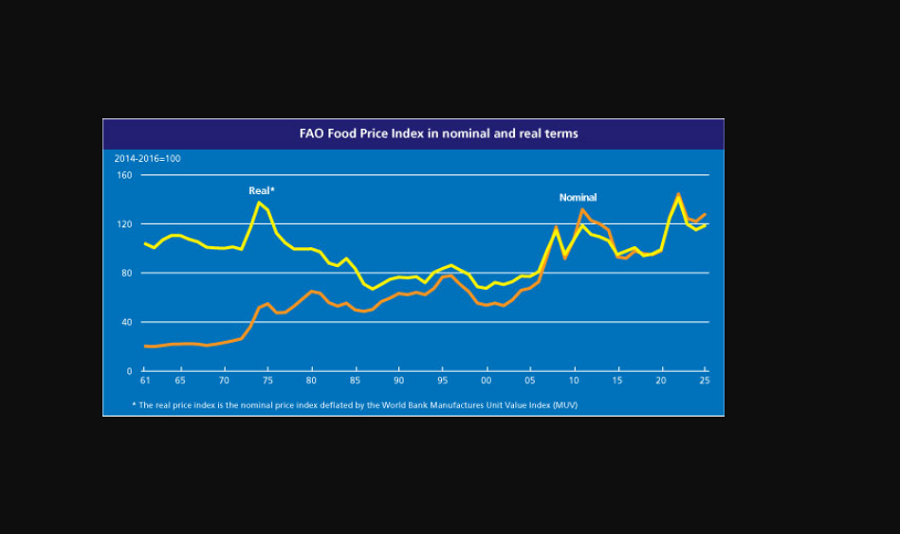Comfortable global supply prospects expected for major crops
Rome – The benchmark of world food commodity prices declined slightly in September, led by drops in the sugar and dairy price indices, according to the new report released by the Food and Agriculture Organization of the United Nations (FAO) Friday.
The FAO Food Price Index, which tracks monthly changes in the international prices of a set of globally-traded food commodities, averaged 128.8 points in September, versus a revised August level of 129.7 points. The September reading represents a 3.4 percent increase from a year ago.
The FAO Cereal Price Index declined by 0.6 percent from August. International wheat prices decreased for the third consecutive month amid subdued international demand and confirmation of large harvests in key producing countries. World maize prices also dropped, amid forecasts of abundant supplies as well as the temporary suspension of grain export taxes in Argentina. The FAO All Rice Price Index fell by 0.5 percent as reduced purchase orders by buyers in the Philippines and Africa weighed on the market.
The FAO Vegetable Oil Price Index decreased by 0.7 percent in September, as lower palm and soybean oil quotations – partly reflecting robust stocks of the former in Malaysia and elevated exportable supplies of the latter from Argentina – more than offset increases in sunflower and rapeseed oil prices.
The FAO Meat Price Index, by contrast, increased by 0.7 percent from its revised August level and reached a new record high, up 6.6 percent from a year earlier. The rise reflected higher world bovine and ovine meat prices, while pig and poultry meat quotations remained broadly stable. Bovine meat prices climbed to an all-time high, supported by strong demand in the United States of America, where limited domestic supplies and favourable price differential continued to encourage imports.
The FAO Dairy Price Index declined by 2.6 percent in September. World butter quotations fell by 7.0 percent, partly reflecting waning demand for ice cream in the Northern Hemisphere and higher production prospects in Oceania. Milk powder quotations decreased mainly on softer demand from key importers and firmer export competition. Cheese prices declined only marginally.
The FAO Sugar Price Index declined by 4.1 percent from August to reach its lowest level since March 2021. The drop was driven by higher-than-expected sugar production in Brazil and favourable harvest prospects in India and Thailand, following ample monsoon rains and expanded plantings.
More details are available here.
New forecasts point to higher cereal production, utilization, stocks, and trade
FAO also released on Friday updated forecasts for global cereal production in 2025, with total output now pegged at 2 971 million tonnes, up 3.8 percent from last year’s level and marking the largest annual growth since 2013.
The new Cereal Supply and Demand Brief attributed the upward revisions to higher production prospects across all crops. Notable increases are anticipated for wheat in Australia, maize in the United States of America, and rice in India.
World cereal total utilization in 2025/26 is now forecast to rise to 2 930 million tonnes, with plentiful supplies available for both human consumption and animal feed.
Global cereal stocks are forecast to expand by the close of seasons in 2026 to 900.2 million tonnes, with world rice reserves possibly reaching a record high. The global cereal stocks-to-use ratio in 2025/26 is expected to remain virtually unchanged at 30.6 percent, continuing to indicate comfortable global supply prospects.
FAO’s new forecasts point to a 2.5 percent annual increase in international cereal trade, now predicted to reach 497.1 million tonnes. The rise is due to an anticipated notable growth in the world wheat trade, while international rice trade is expected to decline due to lower demand by Asian and African countries, reflecting good local harvests and large purchases made in 2025.
More details are available here.
The Agricultural Market Information System (AMIS), hosted by FAO, also published its monthly Market Monitor on Friday. In addition to the regular market updates, the report features a review of prospects for low-carbon ammonia production for fertilizers.
FAO Representation in Armenia




















































